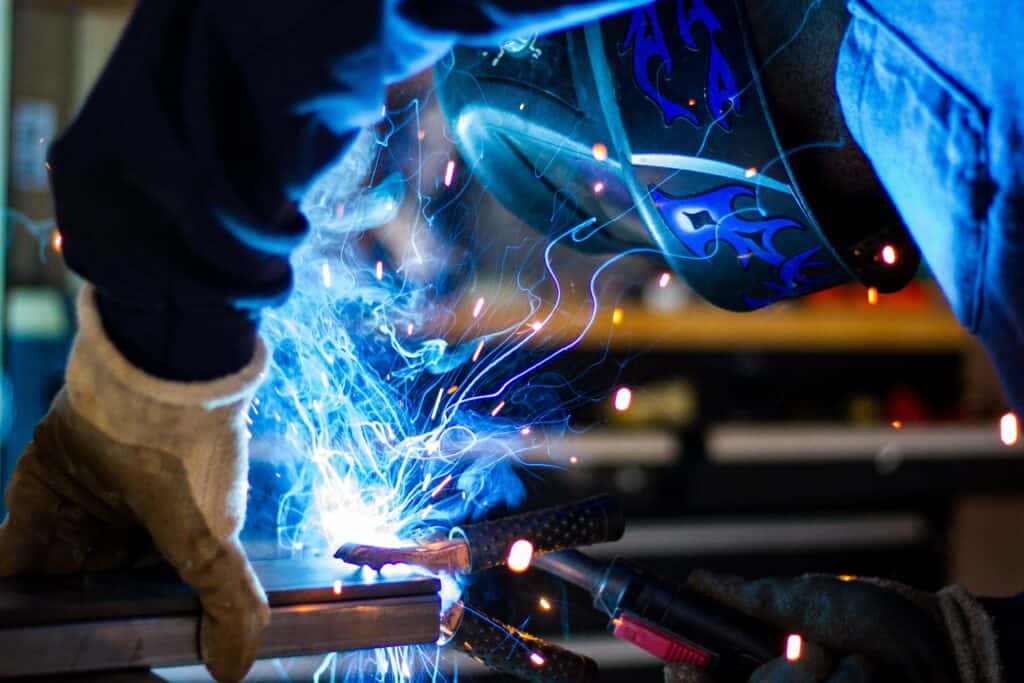Naomi Weir reflects on Science in Stormont 2016 which this year focused on Antimicrobial Resistance
Science in Stormont 2016
19 Oct 2016
Last Monday was the Annual Science in Stormont event organised by the Royal Society of Chemistry that aims to strengthen links between the scientific, engineering and policymaking communities in Northern Ireland. This year discussion centred on what John Holman, Royal Society of Chemistry President, described as one of the biggest challenges facing our world: antimicrobial resistance.

Naomi Long MLA sponsored the event as Chair of the Northern Ireland Assembly All-Party Group on STEM. Her opening comments were used to set out the need for research and STEM expertise in tackling major challenges such as AMR, for the creation of good jobs, for the future of health, agri-food and other sectors central to Northern Ireland, as well as for informing policy decisions.
The sessions throughout the afternoon included hearing from Northern Ireland’s Chief Medical Officer who described AMR as the most serious threat to human health worldwide. The programme also included contributions from those working to tackle AMR through research into alternatives, those working on engineering solutions to support prevention, and an advisor to government speaking on the need for new economic and policy models to overcome market failure and incentivise private sector research efforts into AMR.
Two women, two politicians, a research scientist and a civil engineer took to the platform. Encouragingly all of these characteristics were weaved together in the shape of Naomi Long and Caiomhe Archibald. They began a Q&A session but unfortunately the division bell rang meaning they had to vote, bringing an abrupt end to a promising final session. Both had begun to speak of the importance they place on evidence informing policy and the role of research and innovation in for the future of Northern Ireland, but also globally particularly when considering challenges such as AMR.
The ringing bell was a reminder of the constant challenge of engaging with politicians. Discussion on AMR, one of the biggest challenges facing our world, is interrupted by the day to day business of the Assembly. But even when arranging my own to do list there is a constant tension between important and urgent. It will be a constant tension but with elected officials often in a position to influence or make decisions that impact the future health and direction it is important that many continue to work hard to move science much higher up the agenda.
Related resources

This synthesis draws out key policy implications from the findings of a report commissioned by the British Academy and CaSE. The systems-based analysis of the strengths and weaknesses within the UK’s innovation system, ‘From Research to Productivity: A Systems Analysis of UK Innovation Pathways’, was conducted by Cambridge Econometrics.

In 2024, the British Academy and CaSE commissioned Cambridge Econometrics and the Innovation and Research Caucus to conduct this systems-based analysis of the strengths and weaknesses within the UK’s innovation system.

The UK Government published its Industrial Strategy on Monday 23rd June. CaSE takes a close look at what this means for the UK research and development (R&D) sector.

In this submission, we set out a series of recommendations as part of the Government consultation ahead of the 2025 Industrial Strategy.